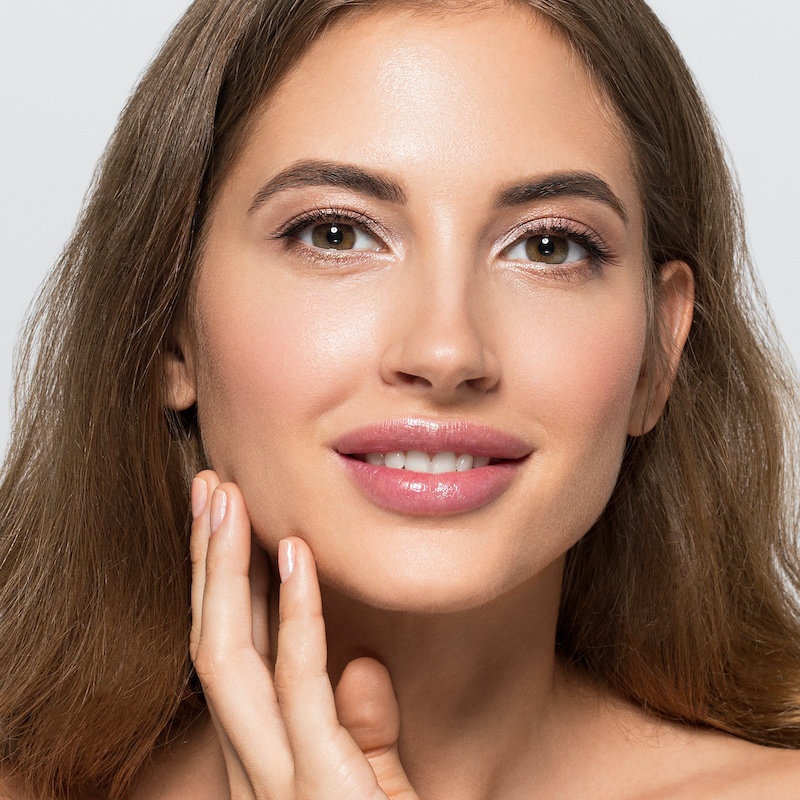Fat Grafting
What is Fat Grafting?
Natural
Your own fat is used for fat grafting. It is moved from one place where there is an excess to another place where there is a deficiency.
There is no risk of the fat being “rejected.” Your body already recognizes it as part of you and it will reintegrate without any immune-related issues.
Versatile
Fat grafting is completely customizable. Fat can be injected for a variety of purposes, including: Breast Augmentation, Butt Augmentation, Smoothing Hip Dips, Facial Rejuvenation, Aging Hand Treatment.
Volumizing
Fat grafting alone can be used for augmentation and rejuvenation. In some patients, fat grafting alone may be sufficient to create a volume change. In other situations, fat grafting can be combined with an implant to create more dramatic change in volume.
Frequently Asked Questions About Fat Grafting
Can extra fat be injected to make up for the fat resorption?
No. Dr. Rodriguez does not advise over-injecting as that can increase the risk of fat necrosis, oil cysts, and other post-op problems.
If the desired change cannot be safely achieved with one surgery of fat grafting, then a second surgery can be considered. This allows fat to be added gradually and gives your body time to grow a blood supply to support that fat.
Should I gain weight for fat grafting surgery?
No. Dr. Rodriguez recommends that you maintain a stable and healthy weight before and after surgery.
Gaining a significant amount of weight can stretch out your skin which may not tighten up well after liposuction. Additionally, gaining weight increases risks related to anesthesia.
If I am thin, can I still have fat grafting?
It depends.
If the goal is to do fat grafting of a smaller area like the face, then fat grafting may be an option as it requires a small volume of fat. Even many thin patients have small areas of fat that can be liposuctioned for this purpose. Most commonly, the inner thighs or flanks can hold onto stubborn fat, even in thin patients.
If the goal is to do fat grafting to a larger area like the breasts or butt, then fat grafting may not be an option. Implants may be a better option in thin patients. Or, if only a mild change is desired or acceptable to the patient, then a fat grafting can be considered.
Can fat grafting to the breast give me the same result as a breast implant?
No. Typically, the volume change that can be safely achieved with fat grafting at the breasts is mild. This usually translates to an increase in volume that is less than a cup size.
Dr. Rodriguez may recommend combining fat grafting to the breasts with breast implants. The addition of fat grafting can help enhance cleavage and fullness at the top of the breasts.
How does fat grafting help with hand aging?
The back of the hands are often overlooked with skincare treatments and can be a “giveaway” for how old you are. The hands often lose fat over time and the skin thins, making them look aged. Injecting fat to the back of the hands can help address these issues.
Why is fat important for facial rejuvenation?
For many patients, volume loss at the face is the most dramatic change noted with aging. Skin looseness and other changes certainly contribute, but volume loss cannot be ignored when planning facial rejuvenation surgery.
In particular, the fat at the midface often dies or droops downwards over time. Strategic fat grafting to the face can help restore what was lost, often in conjunction with other procedures such as a facelift.
How is Fat Grafting Procedure Done?
To obtain fat (or harvest fat) that can be used for fat grafting, liposuction is done. Normally, whenever liposuction is performed, this fat is simply thrown away.
Rather than throw this fat away, it can be saved and used strategically by re-injecting it. Tiny puncture incisions (just a few millimeters wide) are made in hidden areas. Through these incisions, the fat that is saved is re-injected beneath the skin in areas where added volume is desired.
Fat Grafting Procedure Recovery Process
The recovery for liposuction and fat grafting varies depending on how much volume is being transferred.
Most patients can return to work about 1-2 weeks after surgery and resume exercising about 4-6 weeks after surgery.
You should avoid firm pressure to the area that was fat grafted for the first few weeks after surgery. For instance, if you have fat injected to the butt, you should not sit on a firm chair during that time. Dr. Rodriguez recommends that you use a special pillow that allows you to sit with pressure on your thighs rather than your butt.
Typically, there is minimal discomfort at the areas where fat is injected. In comparison, the areas of liposuction tend to have a bit more discomfort for 1-2 weeks. This can be minimized with the use of EXPAREL® – a long-acting pain medication that is injected at the time of surgery.
Fat Grafting Procedure Results
After fat is injected into the desired area, your body starts to grow new blood vessels to support the fat cells. This is critical to optimizing how much of the fat survives long-term.
Over a period of months, your body will lose some of the fat that was injected as a predictable part of the natural healing process. About 40% of the fat that is injected can be lost or resorbed by the body over time.
Due to this slower healing process, you can expect to see your final result from fat grafting several months after surgery.
Schedule your Fat Grafting Consultation
Related Procedures

Breast Augmentation

Lip Augmentation


